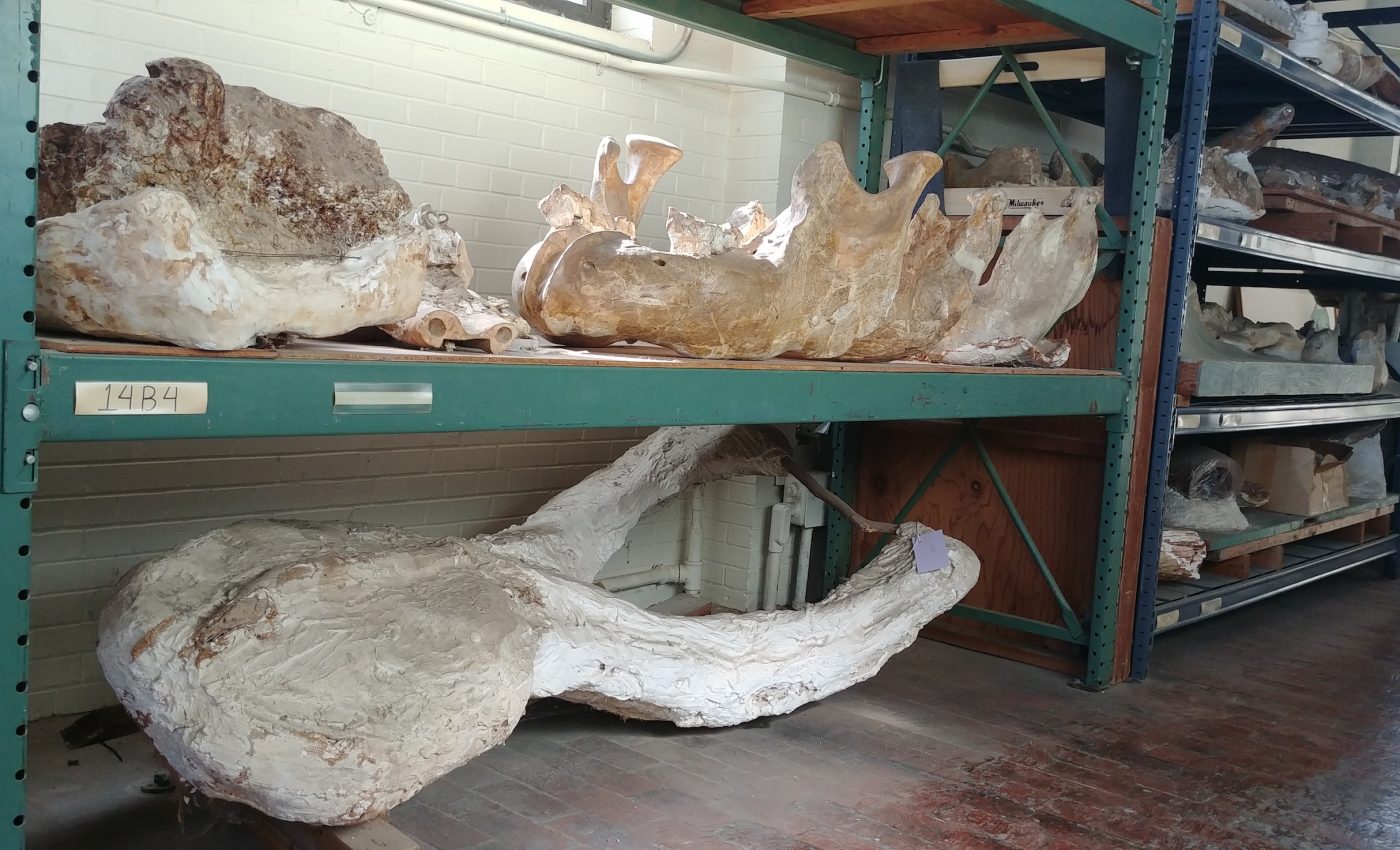
Fossils reveal elephant-like animals once roamed Texas
During the Great Depression, around 15 million people (20 percent of the workforce) were jobless which led to the creation of the Works Project Administration (WPA) by President Roosevelt in 1935.
With the WPA, people were put to work building roads, bridges, parks, hospitals and schools, laying new sewer lines and storm drains, and for workers in a few Texas counties, digging up fossils.
From 1939 to 1941, the WPA in partnership with the University of Texas Bureau of Economic Geology funded the State-Wide Paleontologic-Mineralogic Survey where county residents were paid to dig up fossils.
Thousands of fossils were uncovered in dig sites across Texas even though the project was in operation for just three years, and a large majority of the fossils are stored in the Texas Vertebrate Paleontology Collection at the Jackson School Museum of Earth History.
Now for the first time, researchers are picking up where the survey left off and a new study published in the journal Paleontologica Electronica describes the history of the collection and the fossils in their entirety.
The researchers analyzed the fossils and found that some of the original dig sites near Beeville, Texas were once home to a lush Texas “Serengeti” with large elephant-like animals, rhinos, camels, and even antelopes.

An artist’s interpretation of ancient North American fauna, Image Credit: Jay Matternes/ The Smithsonian Institution
The fossil collection contains 4,000 specimens that represent 50 species dating 11 million to 12 million years old.
“It’s the most representative collection of life from this time period of Earth history along the Texas Coastal Plain,” said Steven May, the study author.
Some of the fossils come from never before described extinct species including a new genus of gomphothere, an ancient relative of today’s modern elephants.
Many of the fossils belonged to large mammals and reptiles because these were the most obvious to spot and dig up. Small bone fragments and remnants of small species were not nearly as exciting as massive elephant tusks.
“They collected the big, obvious stuff,” May said. “But that doesn’t fully represent the incredible diversity of the Miocene environment along the Texas Coastal Plain.”
May tracked down the dig sites to help fill in the gaps and create a more accurate representation of what life was like in those regions at the time.
The new study is just one small step in thoroughly analyzing and describing the collection, and it’s exciting that a significant effort on the part of the WPA and the University of Texas has left such an impressive legacy.
—
By Kay Vandette, Earth.com Staff Writer
Main Image Credit: The University of Texas at Austin Jackson School of Geosciences













